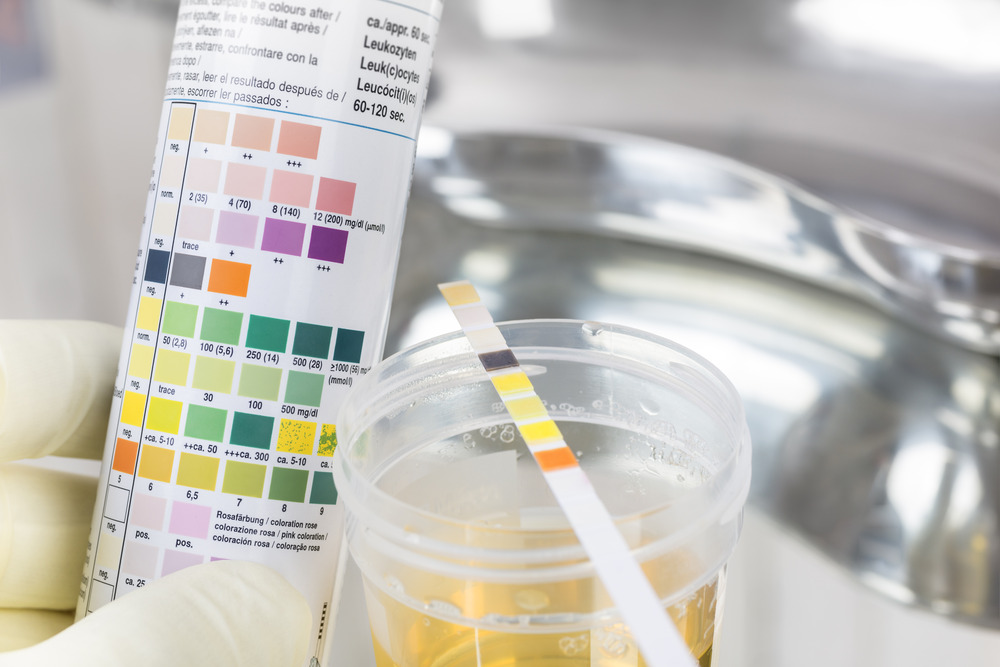
Adderall is a Schedule II substance under the Controlled Substances Act (CSA), marking it as a drug with a high potential for abuse and dependency. While doctors typically prescribe Adderall for narcolepsy or ADHD, the misuse and abuse of Adderall continue to be a rising concern in the United States. Since this drug has become increasingly popular for illicit use, drug screenings have become prevalent among employers, sports organizations, mental health professionals, and law enforcement. A range of factors, including metabolism, dose and potency, and body composition, influence the lifespan of Adderall in the body.
Understanding the Effects of Adderall on the Body
Adderall is a central nervous system (CNS) stimulant prescribed to treat attention deficit hyperactivity disorder (ADHD) and narcolepsy. It contains two main substances: dextroamphetamine (d-amphetamine) and amphetamine, both of which are central nervous system stimulants. The effects of Adderall on the body are comprised of cognitive, psychological, and physical impacts, posing both therapeutic and harmful risks. This medication is commonly misused and abused by young adults, primarily college students, using them as study aids.
Adderall’s side effects can include headaches, nausea, difficulty sleeping, loss of appetite, high blood pressure, serotonin syndrome, and mental and behavioral changes. The duration of Adderall in the urine, blood, saliva, and hair follicles varies depending on a range of factors, including dosage, frequency of use, metabolism, and the user’s physical condition.

The detection window for Adderall in a urine test is typically 2 to 4 days following the last dose. A blood test can detect Adderall in the blood for up to 46 hours after use. While saliva drug tests are not as standard as blood and urine tests, Adderall can be detected for about 20 to 50 hours after the last dose. The hair follicle test has one of the most extended detection windows for Adderall use, for detecting approximately three months after Adderall use.
Factors Influencing How Long Adderall Stays in Your System
Several factors influence Adderall’s lifespan in the body, whether it’s an immediate-release (IR) formula or an extended-release (XR) formula. The dosage of Adderall and frequency of use can significantly prolong how long Adderall remains detectable in your system. The half-life of Adderall is typically 10 hours, meaning that half of the substance leaves your body every 10 hours. While one dose of Adderall generally is out of the system within two days, body composition, metabolic rate, age, pH levels, genetics, and other medication interactions also influence Adderall’s lifespan.
1. Dosage and Frequency of Adderall Use
Higher doses of Adderall, whether prescribed by a medical professional or taken unprescribed, can result in potentially severe side effects and risks. While still dependent on body composition and metabolism, a higher dose is likelier to remain in someone’s system than smaller doses. Similarly, individuals who regularly take Adderall are more likely to have it in their system longer than someone who only takes it occasionally.
2. Body Composition and Metabolism
The lifespan of Adderall in the body is highly dependent on an individual’s body composition and metabolic rate. Body mass, hydration levels, and body fat can affect how quickly Adderall is metabolized and discarded from the system. Individuals with faster metabolic rates typically process and break down substances more rapidly. This may clear the Adderall from their system quicker than someone with slower metabolic rates. Metabolism, or basal metabolic rate (BMR), is affected by gender, age, muscle mass, and physical activity.

3. Age and Organ Function
Since older individuals have lower metabolic rates, they may metabolize drugs like Adderall slower than younger adults. Older adults may also have specific health or medical conditions contributing to lower metabolic rates and potentially different medication interactions. Organ function, including liver and kidney health, can impact how fast your body metabolizes and discards substances like Adderall.
4. pH Levels
The pH levels of urine, which measures how acidic or alkaline it is, impact how quickly drugs are excreted. Individuals with more acidic urine, typically caused by foods high in protein, taking acidic drugs, or a vitamin C deficiency, can remove Adderall from the body faster. Amphetamines like Adderall are typically detectable in the urine for up to 72 to 96 hours following use.
5. Drug Interactions
The use of other medications or substances, like illicit drugs and alcohol, can influence Adderall’s lifespan in the body. These substances can either slow or speed up the metabolization process of Adderall in the body. Individuals with certain medical conditions or multiple mental health conditions may require different medications to treat their symptoms. When Adderall is taken in combination with other medications, this not only affects Adderall’s excretion but also the side effects and symptoms of both drugs.
6. Genetic Factors
Another contributing factor to Adderall’s lifespan in the body is an individual’s genetic makeup. Our genes help create enzymes, also known as protein molecules. One of the primary functions of enzymes includes the breakdown of substances (metabolism), and certain genetic factors may influence this process. If someone taking Adderall is not responding to the medication as they should, this could be a result of genetic differences.
7. Formulation
Adderall’s two formulations, immediate-release (IR) and extended-release (XR) determine how long Adderall stays in your system. Adderall extended-release (XR) is intended to have longer-lasting effects than Adderall immediate-release (IR), as XR releases in the body over time. One dose of Adderall XR lasts approximately 12 hours, whereas the effects of Adderall IR lasts around 4 to 6 hours. If someone took Adderall XR, it would typically remain in their system longer than a dose of Adderall IR.

Seeking Treatment for Adderall Addiction and Abuse in Stuart, FL
While Adderall is medically prescribed to treat ADHD and narcolepsy, it is also a Schedule II drug with a high potential for abuse, like cocaine and fentanyl. Adderall can produce feelings of euphoria and alertness, heightening its risk for misuse and abuse. Misuse of Adderall can lead users to develop a tolerance and dependency on Adderall. Depending on Adderall for daily functioning can result in an addiction and substance use disorder (SUD). It’s essential to identify the warning signs of Adderall abuse and addiction before it exacerbates and potentially results in a fatal overdose.
If you or a loved one are dealing with Adderall abuse or an Adderall addiction, Coastal Detox offers medical detox treatment for individuals battling drug addiction in Stuart, FL.
Don’t hesitate, and get sober today! Reach out for more information on our drug and alcohol detox in South Florida.
References:
- John Hopkins Bloomberg School of Public Health, 2016. Adderall Misuse Rising Among Young Adults.
- WebMD. Adderall – Uses, Side Effects, and More.
- Cleveland Clinic, 2021. Metabolism.
- United States Environmental Protection Agency, 2023. What is pH?
- Cureus, 2023. The pH of Drinking Water and Its Effect on the pH of urine.
- Redwood Toxicology Laboratory. Amphetamines.
- Cleveland Clinic, 2023. Pharmacogenomics.
- GoodRx Health, 2023. Adderall XR vs. Adderall IR: 5 Things to Consider.
- United States Drug Enforcement Administration. Drug Scheduling.
- WebMD, 2022. Adderall Abuse and Addiction.
